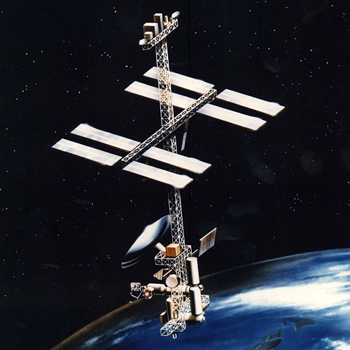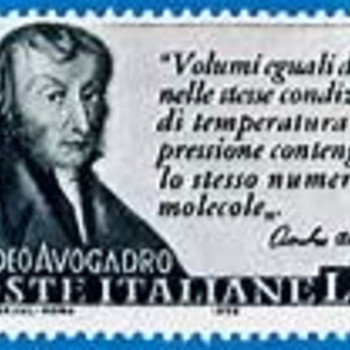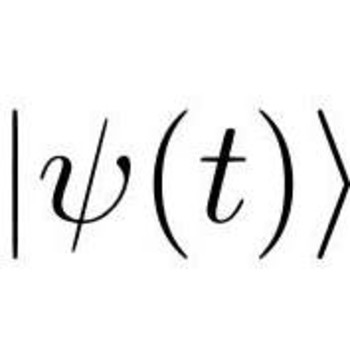What is the oxidation state of S in #S_2O_3^-2#?
3 Answers
Explanation:
We can see that the net charge of the molecule is
To start of we find the oxidation state of oxygen, in the molecule.
Oxygen has a oxidation state of
Formally we gots
Explanation:
And thus
In
Claro?
Explanation:
We got the thiosulfate ion
Since oxygen is more electronegative than sulfur, then oxygen will have its usual
Let
We got:
So, the sum of the oxidation numbers of the sulfur atoms is



